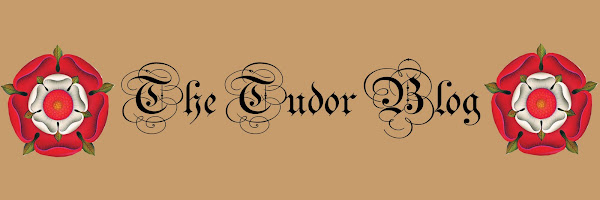The marriage was never consummated, and she was never crowned queen consort. Following the annulment of their marriage, Anne was given a generous settlement by the king, and thereafter referred to as the "King's Beloved Sister."
Henry was convinced to make the match with Anne by his chancellor, Thomas Cromwell. It would prove to be Cromwell's undoing.
Anne's divorce settlement included Richmond Palace and Hever Castle -- home of Henry's former in-laws, the Boleyns. Her name and initials can still be seen throughout the house, such as on a fire screen in a sitting room.
Anne was invited to court often and had a close relationship with Henry's daughters, Mary and Elizabeth. In 1553, Anne was present at Mary I's coronation at Westminster. As the new Queen was a strict Catholic, Anne converted her religion for the second time, now becoming a Roman Catholic.
Anne's health began to fail in 1557, so Mary allowed her to live at Chelsea Old Manor, where Henry's widow Catherine Parr, lived after her remarriage. Here, in the middle of July 1557, Anne dictated her last will. In it, she mentions her brother, sister and sister-in-law, as well as the future Queen Elizabeth, the Duchess of Norfolk and the Countess of Arundel. She left money to her servants and asked Mary and Elizabeth to employ them in their households.
Anne died at Chelsea Old Manor on 16 July 1557, a few weeks before her forty-second birthday. The cause of her death was most likely cancer. She is buried in Westminster Abbey, on the opposite side of Edward the Confessor's shrine and slightly above eye level for a person of average height.
She is the only wife of Henry VIII to be buried in the Abbey and also has the distinction of being the last of Henry VIII's wives to die. She outlived Catherine Parr by 9 years.
- Posted using BlogPress from my iPad


